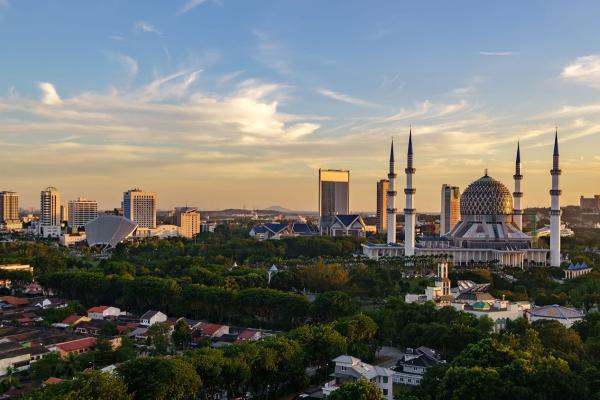By Amar Shah Mohsen
SHAH ALAM, July 31 — Selangor is now officially a high-income state, according to official data from the World Bank.
Its Malaysian chapter’s lead economist Apurva Sanghi said the recently-released World Bank high-income data indicated that Selangor has met the minimum threshold of US$14,005 to be considered a high-income state.
Selangor’s 2023 gross national income per capita was reported to be at US$14,291, he said in a recent post on X (formerly Twitter).
Four other states to exceed the threshold were Kuala Lumpur (US$29,967), Labuan (US$19,117), Penang (US$16,600), and Sarawak (US$16,560).
Kelantan, Perlis, and Kedah remain the bottom three states with a GNI per capita of US$3,850, US$5,490, and US$6,027, respectively.
Overall, Malaysia’s GNI per capita stood at US$11,970, which is US$2,035 short of the high-income threshold.
In July last year, Menteri Besar Dato’ Seri Amirudin Shari expressed confidence that the state government would achieve high-income state status through a series of comprehensive planning and development initiatives, encompassing various economic sectors, talent development, and the provision of quality education and careers.
With a high population, efficient economic management, and excellent basic infrastructure, Selangor could follow in the footsteps of Sarawak, Penang, and Kuala Lumpur, which were earlier recognised as high-income states by the World Bank.
He noted that various programmes have been formulated to ensure Selangor remained an advanced and modern state that served as the main engine of the national economy and the largest contributor to the gross domestic product (GDP) at the national level.
However, Amirudin did not specify a timeframe for achieving the target.
Last year, Selangor contributed RM406.1 billion to the national economy, accounting for 25.9 per cent of the overall contribution. The state also recorded a 5.4 per cent economic growth, the highest among all states.
Meanwhile, Apurva said Malaysia, which remains an upper-middle income nation, is expected to achieve high income status by 2030. This will hinge on the exchange rate, among several factors.
“Malaysia could reach high income by 2023 if the US dollar to ringgit exchange rate is maintained around US$ to RM4.70, the average growth rate is around four per cent and the inflation constant near long-term rate is around two per cent.
“It is important to emphasise that faster reforms can speed up the transition,” he said.
According to the World Bank report, only three countries achieved high-income status effective July 1, namely Russia, Bulgaria, and Palau.
Apurva said high income also does not necessarily translate to high development, pointing out that a lot still depends on how the income is spent.
“Sarawak is a high-income state but with a high poverty rate (10.8 per cent in 2022), while Perlis is not a high-income state but with a much lower poverty rate (four per cent).
“Reaching a high income is as much about the journey as the destination,” he said.


